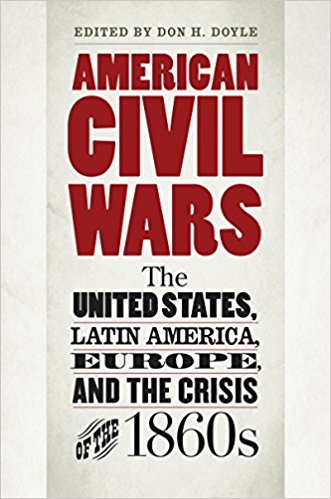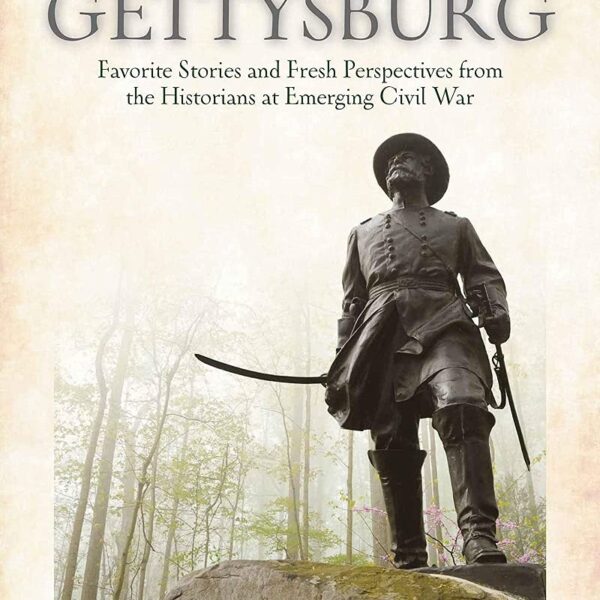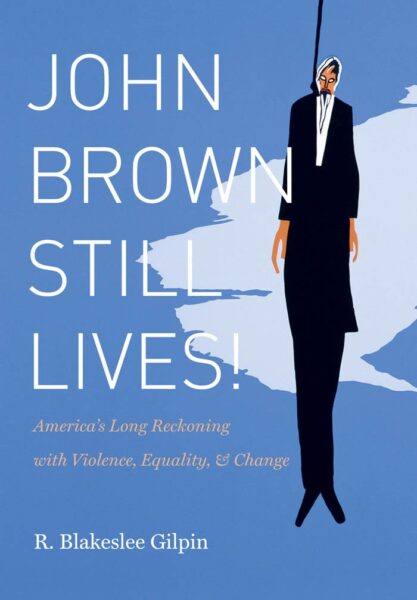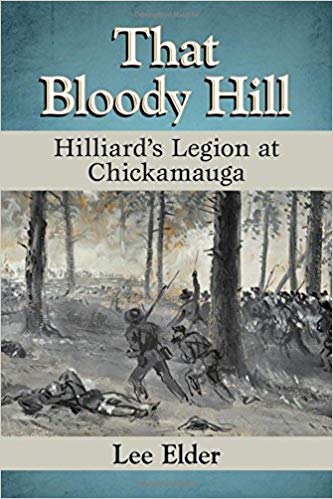Gettysburg 1863: Seething Hell: The Epic Battle of the Civil War in the Soldiers’ Own Words by Thomas R. Pero. Wild River Press, 2015. Cloth, IBSN: 978-0989523622. $75.00.
 “I think this will be an awful Battle.” So wrote Acting Sergeant Manley Stacey of the 111th New York Infantry in a letter to his father in the early afternoon of July 2, 1863. Stacey was one of the lucky ones. His regiment arrived at Gettysburg earlier that morning and immediately went into line of battle in reserve near Ziegler’s Grove. The regiment was among the Union troops that surrendered at Harper’s Ferry the previous autumn, and most of the ranks were eagerly looking forward to their redemption. He proudly told his father, “If you should see our Regt. to day you wowld think they looked, but little like Band Box Soldiers.” He and his comrades would indeed redeem themselves at Gettysburg but, unfortunately, he would not survive the year. The day after Christmas, another soldier accidentally discharged his musket and Manley Stacey fell dead. He was only 21.
“I think this will be an awful Battle.” So wrote Acting Sergeant Manley Stacey of the 111th New York Infantry in a letter to his father in the early afternoon of July 2, 1863. Stacey was one of the lucky ones. His regiment arrived at Gettysburg earlier that morning and immediately went into line of battle in reserve near Ziegler’s Grove. The regiment was among the Union troops that surrendered at Harper’s Ferry the previous autumn, and most of the ranks were eagerly looking forward to their redemption. He proudly told his father, “If you should see our Regt. to day you wowld think they looked, but little like Band Box Soldiers.” He and his comrades would indeed redeem themselves at Gettysburg but, unfortunately, he would not survive the year. The day after Christmas, another soldier accidentally discharged his musket and Manley Stacey fell dead. He was only 21.
Stacey’s sad story is but one of hundreds of accounts of soldiers who fought and, in some cases, died at Gettysburg. Author Thomas R. Pero has captured many of these human interest stories, using the soldiers’ and civilians’ own written words, in his new book, Gettysburg 1863: Seething Hell. His goal was simple: use letters and diary entries to recreate the fear, pride, nervousness, ambivalence, angst, anguish, and anger that the combatants must have wrestled with as they approached the battlefield, engaged the enemy, surveyed the grisly aftermath, and then marched southward toward an uncertain future. He also includes snippets from the townspeople, whose quiet lives were forever changed in a three-day period when two armies “engaged in a great Civil War” struggled in and about the borough. It is this emotion that Pero has tried, and admirably succeeded, to capture in his massive, 400+ page masterpiece.
Many of the first-person accounts, such as the vivid letters of the ill-fated Georgian Thomas Ware who would be buried by his brother at Gettysburg, are quite familiar to students of the Gettysburg Campaign. Others are much less well known; some are presented here for the first time. Author Pero has placed these in chronological order, beginning with a soldier writing from the banks of the Rappahannock River near Fredericksburg through the end of the campaign. He introduces each section with color commentary and a few appropriate vignettes and background material, and then proceeds straight to the unvarnished, unedited text from a cross-section of selected primary sources.
By letting the soldiers tell the story of the Gettysburg Campaign in their own words, Pero has avoided the trap into which so many Civil War authors fall — allowing their own sectional biases to color the text. Pero has not edited the letters. The punctuation, spelling, idiosyncrasies, word choice, slang, prejudices, and grammar mistakes are all original, capturing the education level, regional dialect, writing style, and thought process of the men who fought at Gettysburg, and the handful of civilians whose writings are interspersed throughout the narrative.
Many of the accounts are fresh and instructive. Some are compelling, such as Thomas Ware’s poignant letters on his unknowing final march to his grave in the rich topsoil of Adams County, Pennsylvania, far away from his Georgia home. Others are amusing or, at times, strange examples of human behavior, such as the story of thirsty soldiers who find full whiskey barrels in a Gettysburg barn. When officers order the barrelheads staved and the whiskey pours onto the floor, men scoop up the cow manure-tinged alcohol and drink their fill.
Pero sent a team of photographers to Gettysburg reenactments to capture action shots of living historians and reenactors in battle, in repose, and in simulated injury and death. That, perhaps, is the most controversial part of his otherwise outstanding book. Some readers may be put off by the sometimes graphic and grisly, digitally manipulated photographs of ersatz soldiers dying or being killed. Others may find these visual depictions additive to the overall text and mood of the book, capturing in some small way the horror of what the letter writers may have experienced. Pero and his editors combed through thousands of images to select more than 300 that are included in the book.
The illustrations also include color photographs of many of the original letters and diaries, as well as black-and-white images of the soldiers and their surroundings. A highlight is a series of four gatefold maps depicting the movement through Northern Virginia and Maryland into Pennsylvania and the subsequent swirling movements of troops at Gettysburg. These are well crafted and colorful, and serve to help orient the reader to the places the soldiers describe in their accounts back home to loved ones.
The book is 12″x9″ in landscape format, printed on high quality glossy, enamel paper. At 406 pages, it carries a suggested retail price of $75 but, considering the quality and quantity of first-hand accounts of the battle and the many photographs, it is well worth the investment. As a coffee-table book, this stands out as a quality work. As a source of unvarnished primary information on the battle from the hearts and minds of those who were there, this is an exceptional addition to the vast historiography of the Gettysburg Campaign.
Scott L. Mingus, Sr. is the author of a multiple-award-winning biography of the oldest general at Gettysburg, as well as seventeen other Civil War books. His latest work, co-authored with Eric J. Wittenberg, is The Second Battle of Winchester: The Confederate Victory That Opened the Door to Gettysburg.




